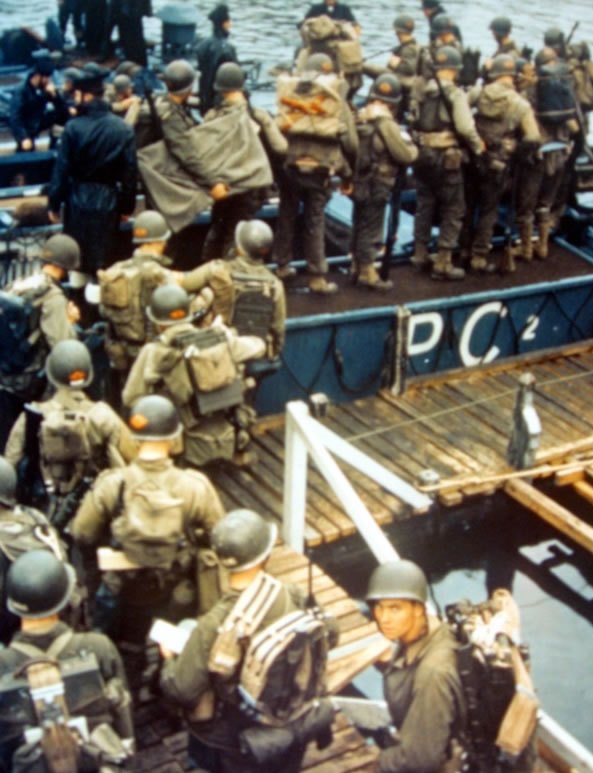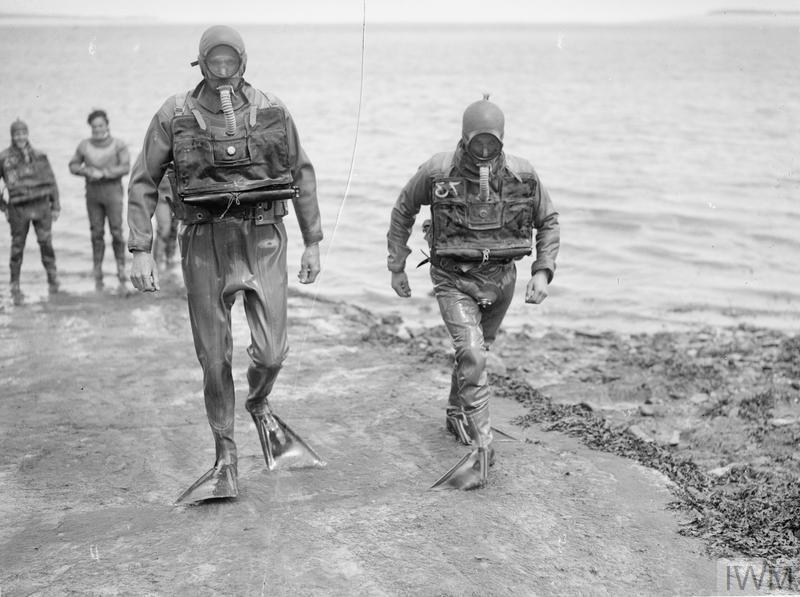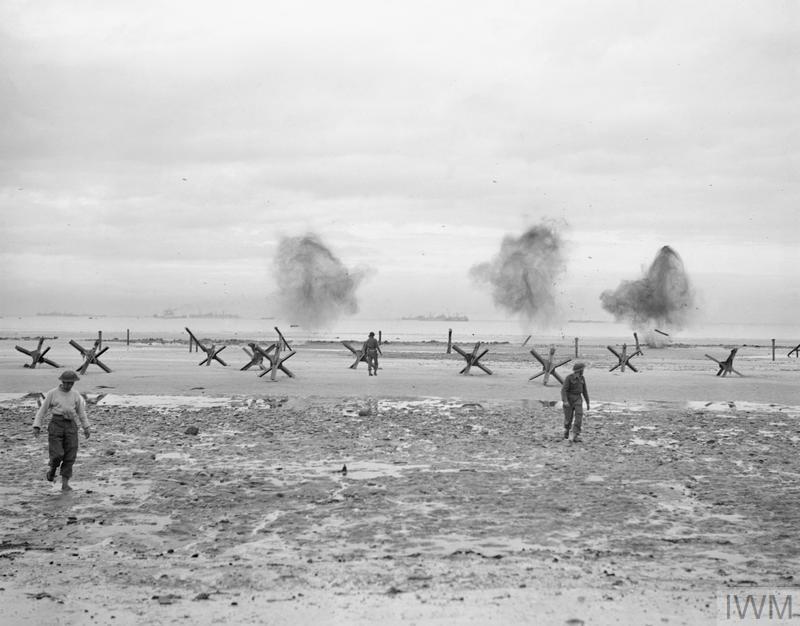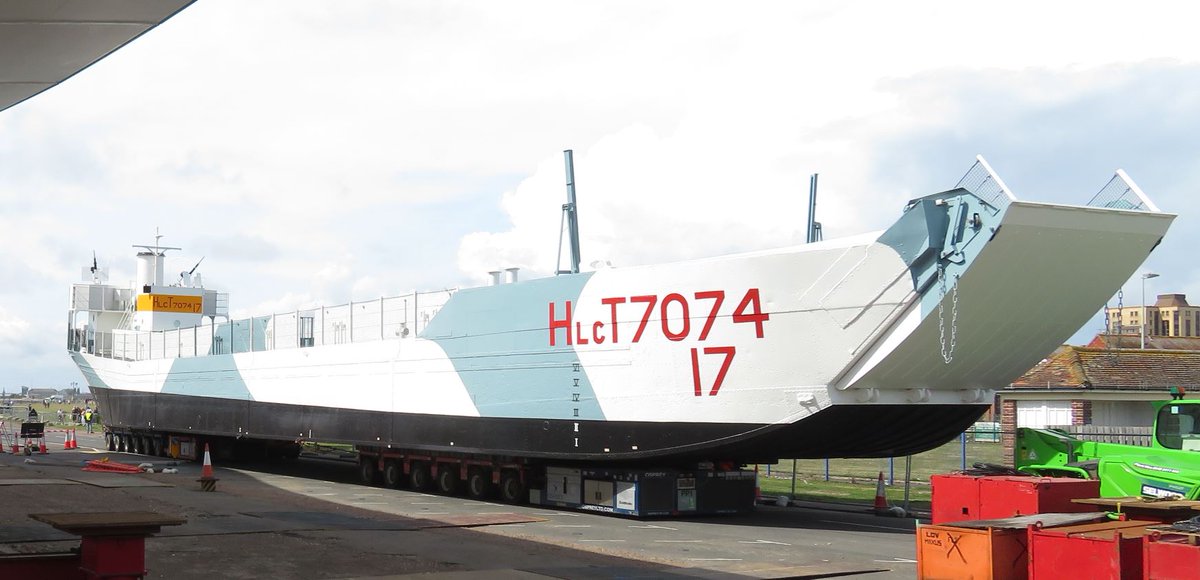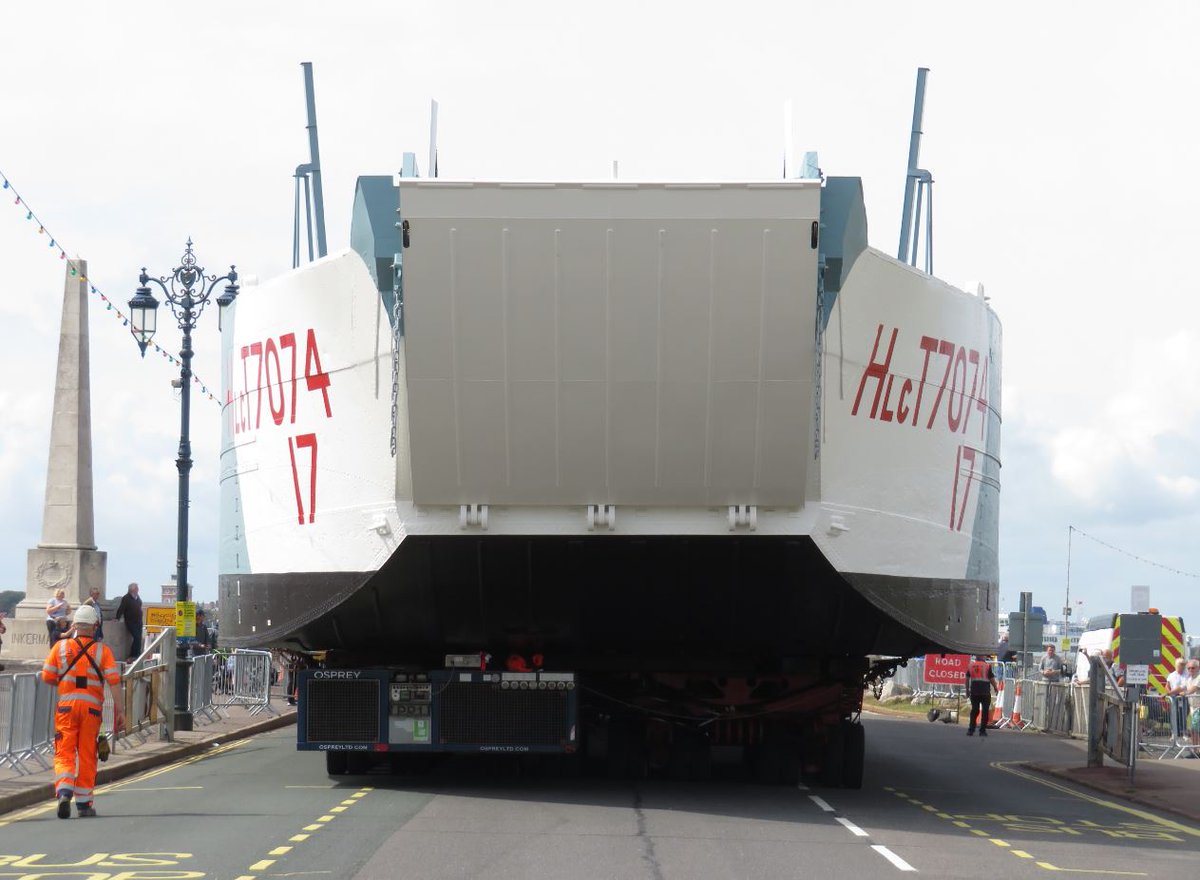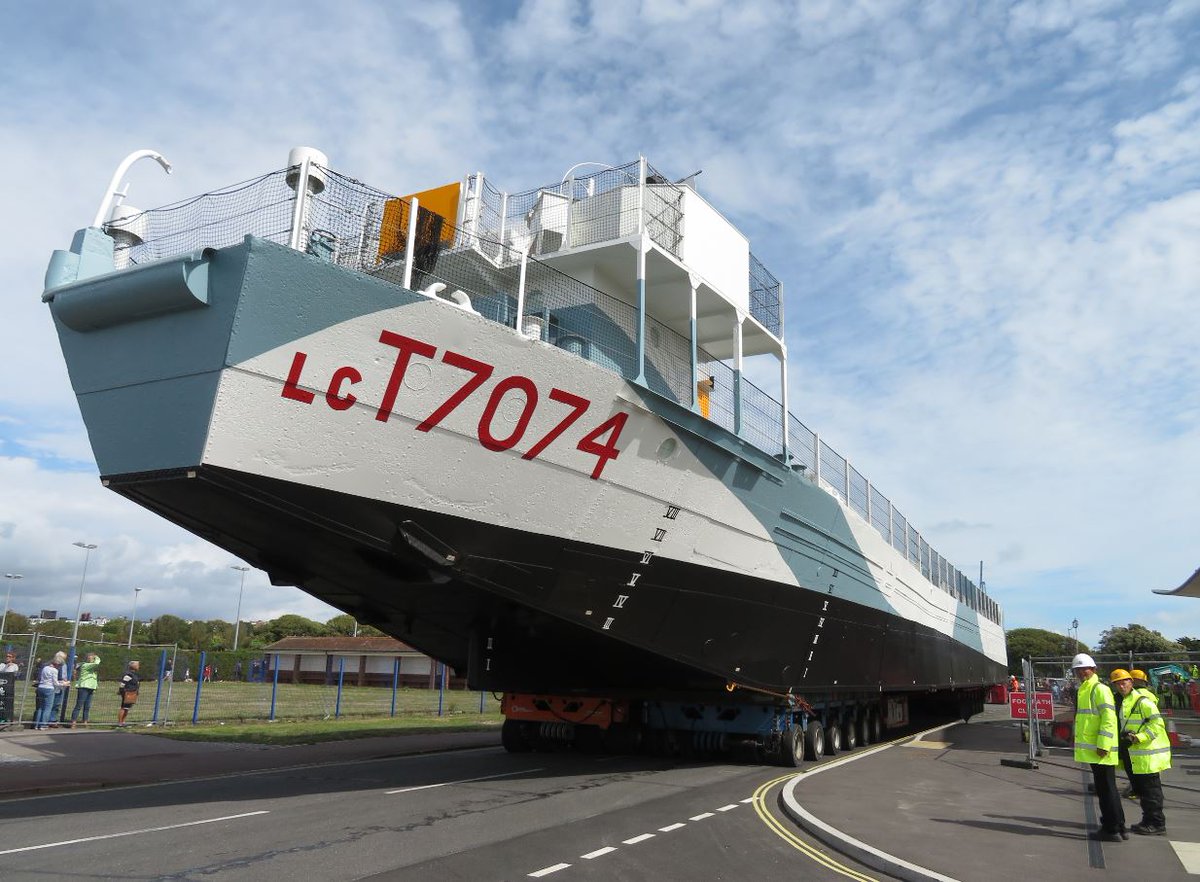
#OTD in 1945, Operation Sankey, an amphibious landing on the small island of Cheduba in Burma (now Munaung in Myanmar) took place. It is notable for using an otherwise little known landing craft - the unlikely looking Landing Craft Personnel (Medium) or LCP (M). 📷IWM A27467 

Sankey was support for Operation Matador, the landing on the neighbouring island of Ramree that had gone ahead on 21 January. Fighting on Ramree would last for 5 weeks, but Sankey would prove to be a much quicker operation. 📷Google. 



Matador was well supported, using Landing Craft Assault, Landing Craft Mechanised and even one of these, the Australian Landing Craft (or ALC) 120. This is the only photo I've seen of one of these. A rare beast. 📷IWM SE 2247 

They also used Landing Craft Personnel (Large) (pictured), the sister of the smaller LCP (M). But it was very definitely a 'sister from another mister' to coin the phrase. Whilkst the LCP (L) had been developed in the US, the LCP (M) was very British. 📷IWM SE 2251 

In 1941, Commando raids on the Norwegian coast led planners to develop a landing craft suitable for operations on rocky coasts. The design was taken from a traditional Northumberland fishing boat, the coble. The LCP (M) is the most boat like of all landing craft. 📷Andrew Curtis 



Boatbuilders will recognise traditional boat like features, the clinker hull and the high prow. It's only really at the stern it looks like a landing craft. As operation requirements changed, the need for this vessel was reduced and only approx. 60 were built. 



So you'd be forgiven for not recognising them as landing craft in Sankey, their only operation deployment that I'm aware of. They really don't look dissimilar to traditional vessels in the Bay of Bengal like this that I photographed 2 years ago. 

The task force supporting Sankey included 3 cruisers 5 destroyer and 2 frigates. To avoid strain on the infantry forces on Ramree, Sankey used 500 Royal Marines – not Commandos, but fleet marines drawn from numerous warships (including HMS Queen Elizabeth). 📷IWM A 9258 

In the absence of landing ships, the marines – designated Wellington Force – were carried by the three cruisers, who each carried four LCP (M) on their decks. As far as I've been able to work out, these were the only landing craft that were used in the operation. 

To support the landing, the destroyers bombarded the coast. This photo by Lt Trusler, of HMS Norman firing a broadside as one of the LCP (M)s heads inshore is quite brilliant. 📷IWM A 27466 

They were small boats, only 39 ft long. With a single Ford V8 engine, the LCP (M)s could make 7.5 knots when laden with their full complement of 20 men and 3 crew, but they only had a range of about 112 miles.📷IWM A27467 

Like the coble they were derived from, they had a relatively flat bottom and their draught was only about 2ft when fully loaded. Their high bow was problematic though: with no ramp, portable ladders were needed to get men off, far from ideal in an opposed landing. 📷IWM A27468 

Fortunately for Wellington Force, their landing wasn't opposed. As they headed inland it quickly became apparent that the Japanese garrison had left (the island was not uninhabited as some accounts describe, the local populace was still there). 📷IWM A 27469 

So Sankey was a complete success! The Royal Marines occupied the island and remained there until 20 January, when they were relieved by a battalion from 4th Indian Brigade. 📷IWM A 24740 

The Indian troops brought with them LCA and LCMs and, working with the LCP (M)s, took the infantry ashore and brought the Royal Marines back to the cruisers. 📷IWM A 27472 & A 27473 

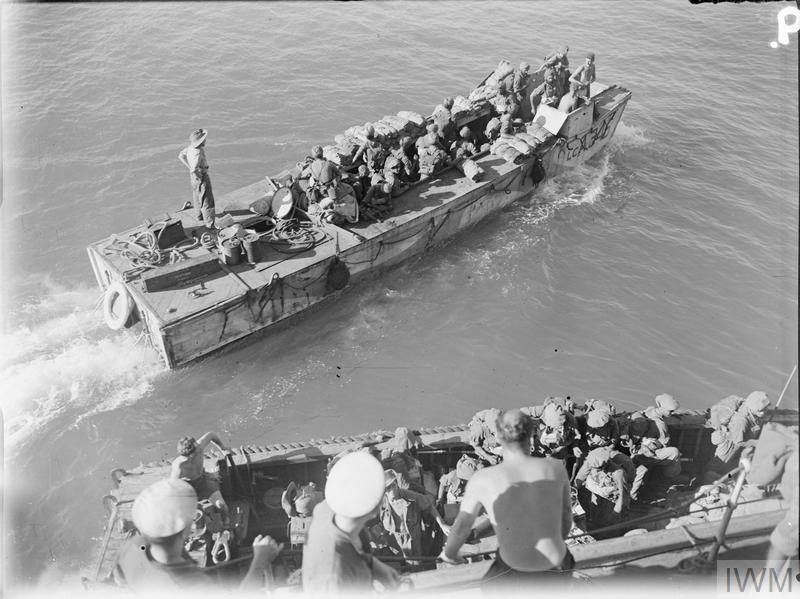

A few days later, 2 LCP (M)s were apparently used to evacuate some Gurkhas across a river on Ramree island, and I have no doubt that they saw varied use in the Chaungs along the Burmese coast. But Sankey seems to have been their only amphibious assault.
This time 2 years ago I was sailing along the Burmese coast with @zegrahm expeditions. We had our own amphibious landing at Thandwe, just south of Cheduba (in the distance behind me). I look forward to days when this will be possible again. 



• • •
Missing some Tweet in this thread? You can try to
force a refresh









